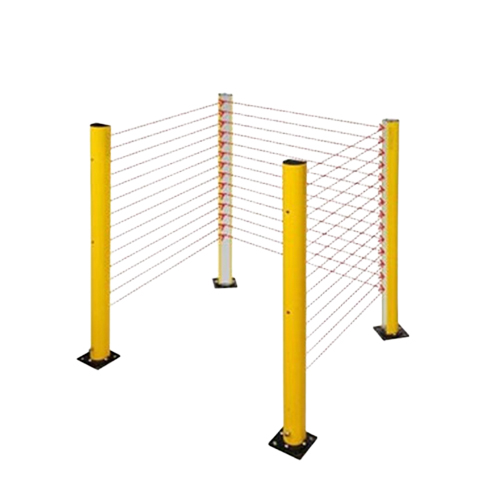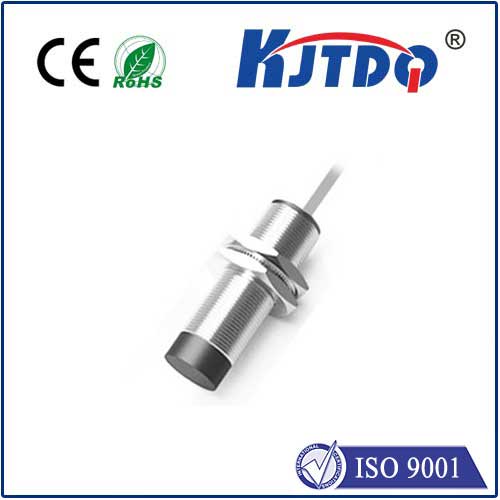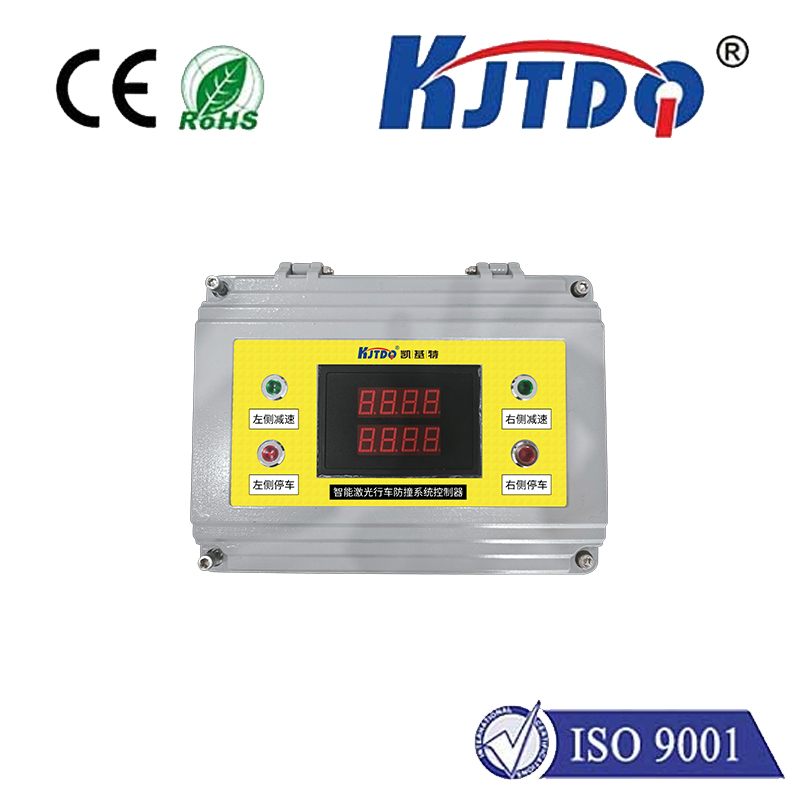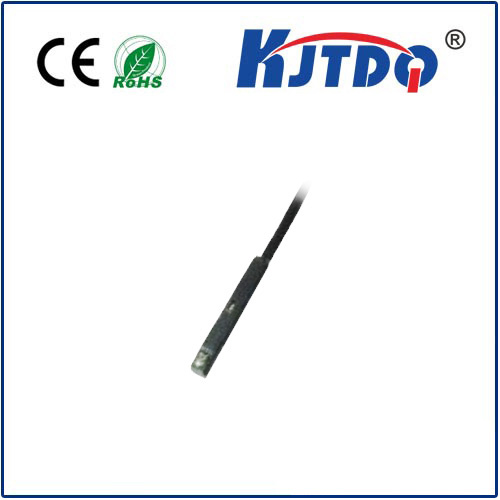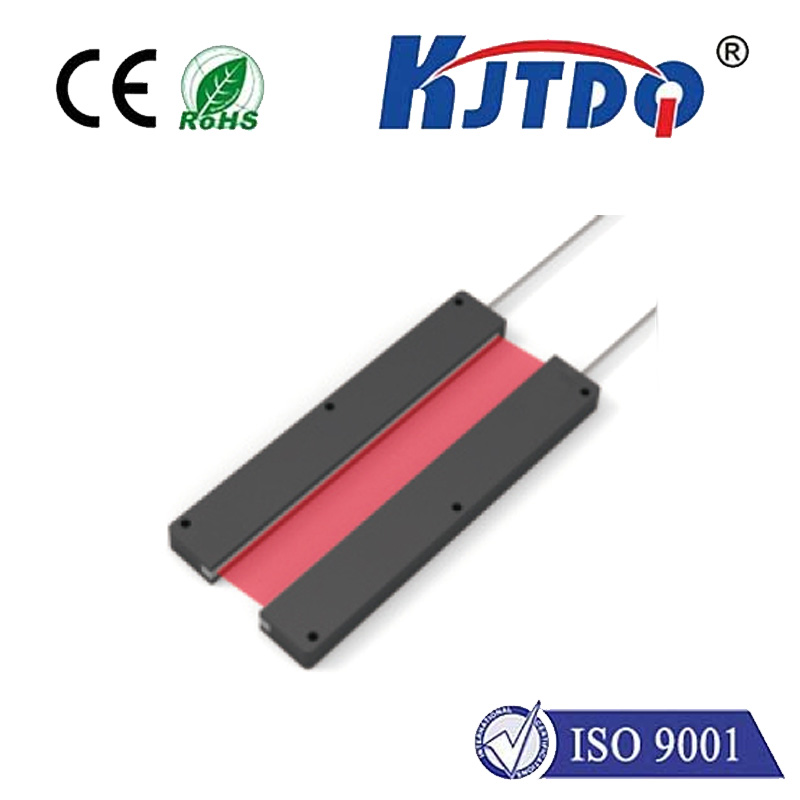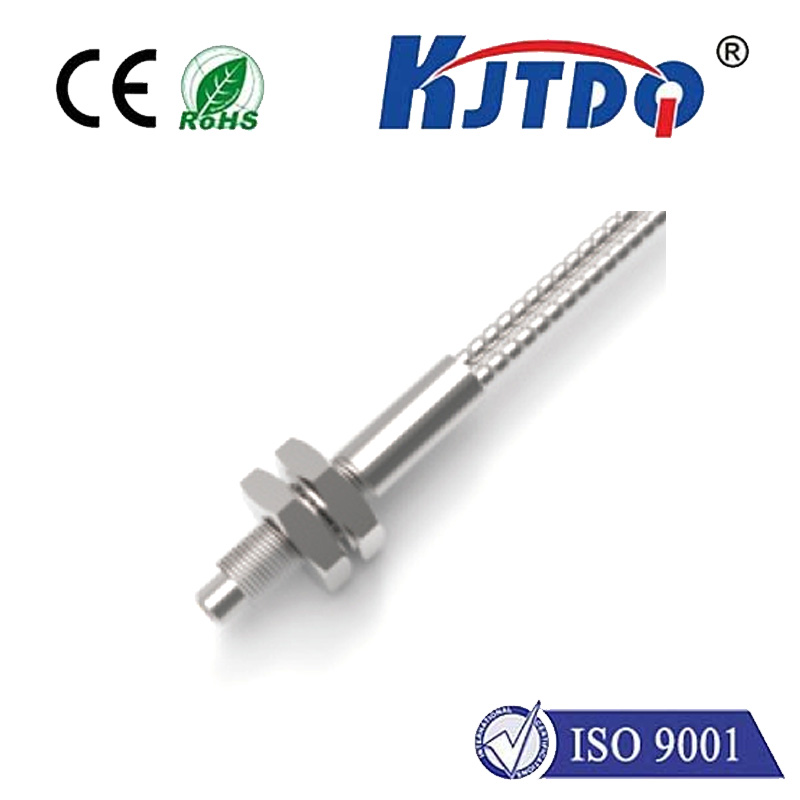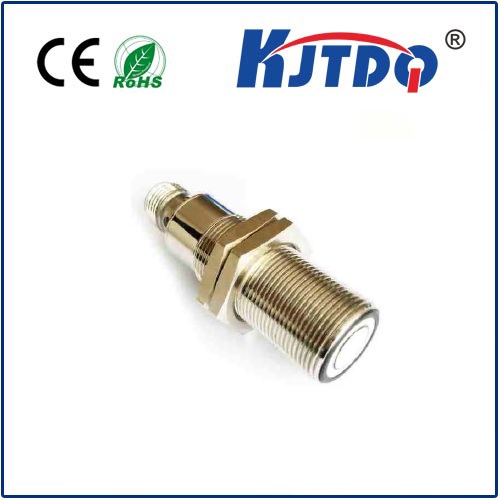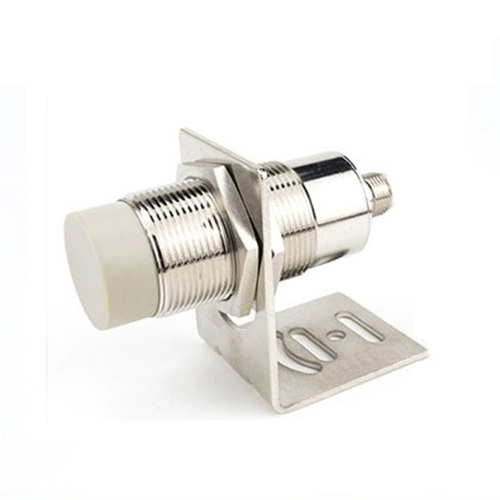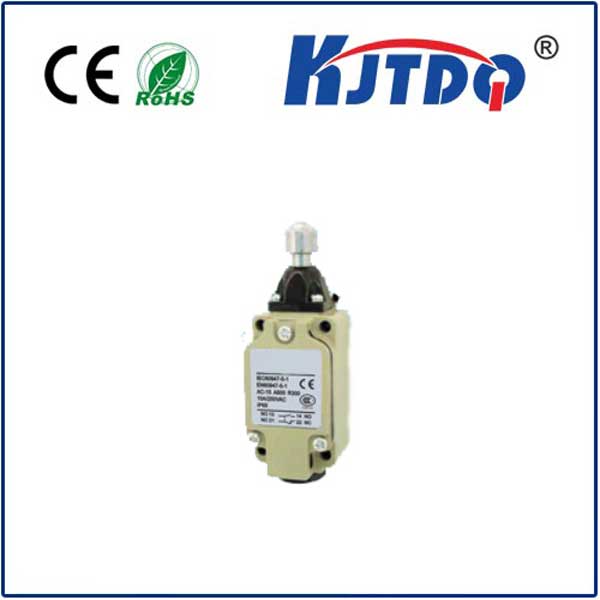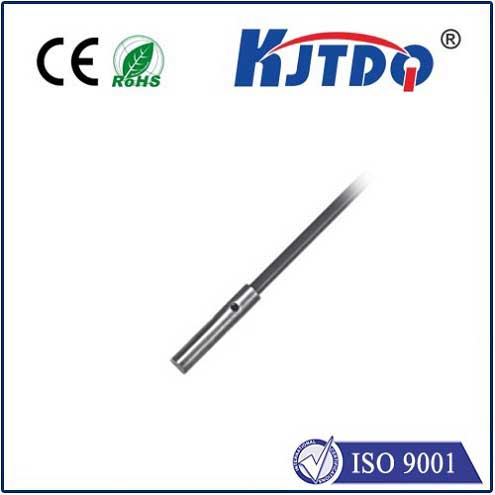

check

check

check

check

check

check

check

check

check

check
Struggling with sensors falsely triggered by conveyor belts, machinery frames, or objects behind your target? Achieving reliable detection in cluttered industrial environments, where the object you need to sense sits close to surfaces you must ignore, is a notorious challenge. Standard diffuse sensors often fall short here. This is precisely where advanced technology like background suppression shines, and the Omron E3Z-T81-M3J 0.3M Diffuse Sensor with Background Suppression emerges as a specialized solution. Designed for precision close-range detection, it cuts through interference to deliver unparalleled accuracy where it matters most.
Understanding the Core Challenge: The Problem with Standard Diffuse Sensing
Standard diffuse photoelectric sensors operate on a simple principle: the sensor emits light (usually infrared or visible red), and if enough of that light is reflected back to the receiver by an object within its range, the sensor switches state. While effective in many scenarios, this method has a critical weakness: it cannot distinguish between the distance of objects. It only measures the intensity of the reflected light. Therefore, a large, dark object farther away might reflect the same amount of light as a small, light-colored object very close by. Or worse, a highly reflective background surface (like a shiny conveyor frame or metal support) can easily trigger the sensor even when the target object isn’t present.
This lack of distance discrimination leads to false triggers, missed counts, and unreliable processes – issues that directly impact productivity, quality control, and overall equipment effectiveness (OEE). Applications involving small part detection on conveyors, verifying presence before machining, or bottle cap alignment are particularly vulnerable.
The Game-Changing Solution: How Background Suppression (BGS) Works

Background Suppression technology fundamentally overcomes the limitation of standard diffuse sensors. Instead of simply measuring the intensity of reflected light, BGS sensors like the E3Z-T81-M3J intelligently analyze the position where the light hits the receiver element.
Imagine the sensor’s receiver as a small array. Light reflected from a very close object hits one part of the receiver, while light reflected from a farther object (including the background) hits a different part. Sophisticated electronics within the sensor analyze this spot position:
Essentially, the E3Z-T81-M3J creates an invisible “detection curtain” at a fixed, adjustable range (up to 300mm/0.3M), completely ignoring anything beyond that point. This is true distance-based discrimination in a compact, self-contained sensor.
Why the Omron E3Z-T81-M3J 0.3M Stands Out for Precision Applications
The E3Z-T81-M3J isn’t just any BGS sensor; it’s optimized for demanding close-proximity sensing tasks:
Key Applications Where the E3Z-T81-M3J Excels
This sensor’s unique combination of background suppression, 0.3M range, and compact design makes it indispensable in numerous scenarios:
Essential Features of the E3Z-T81-M3J Summarized
Empowering Precision Automation
In the intricate world of modern manufacturing and automation, reliability is non-negotiable. The Omron E3Z-T81-M3J 0.3M Diffuse Sensor with Background Suppression addresses a critical pain point by providing true distance-based discrimination in a compact, robust package. Its ability to focus intently on objects within a precise 300mm window while actively suppressing interference from backgrounds fundamentally transforms applications where standard sensors falter. **For engineers seeking to eliminate false triggers, boost production line OEE, and ensure consistent quality control in challenging detection scenarios, this specialized background
